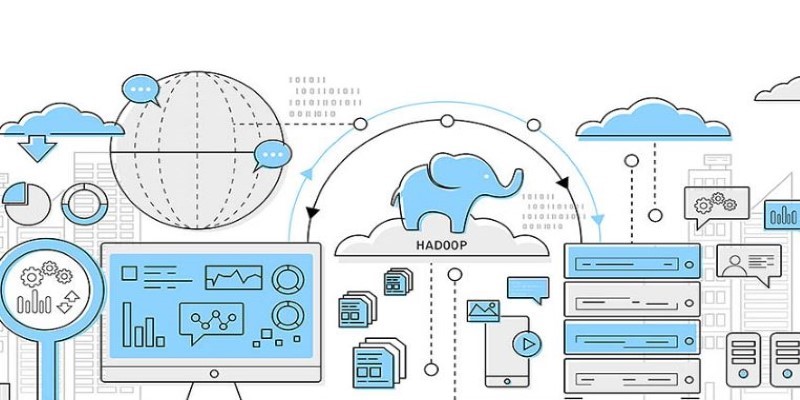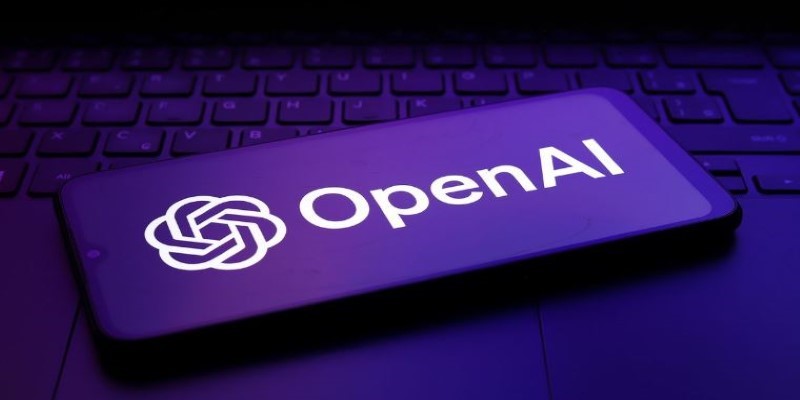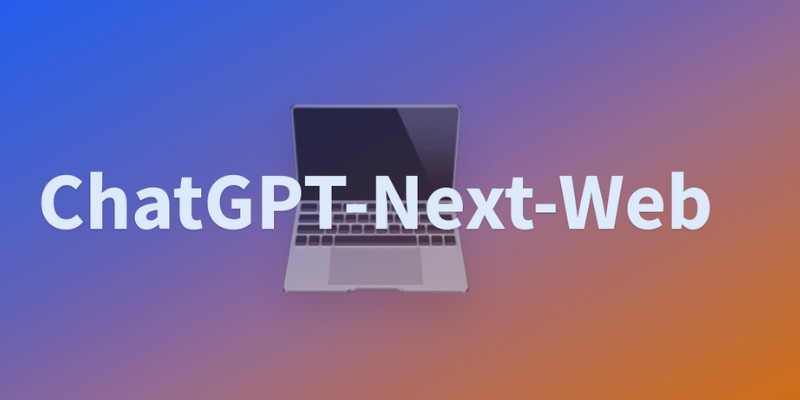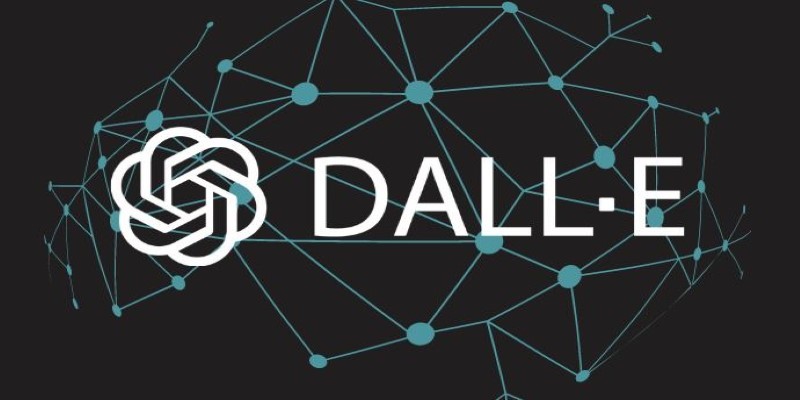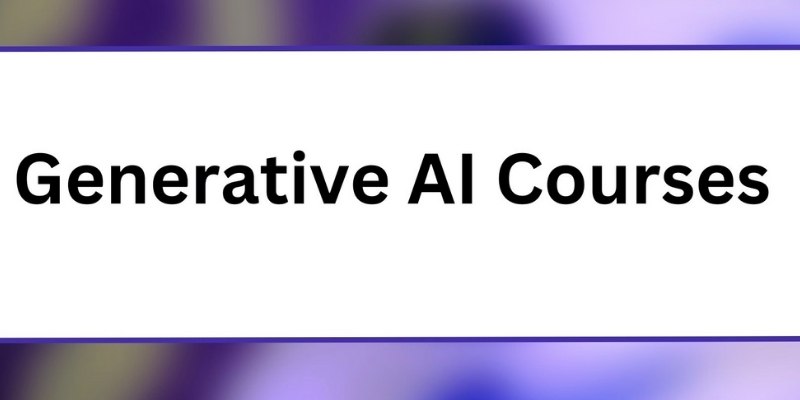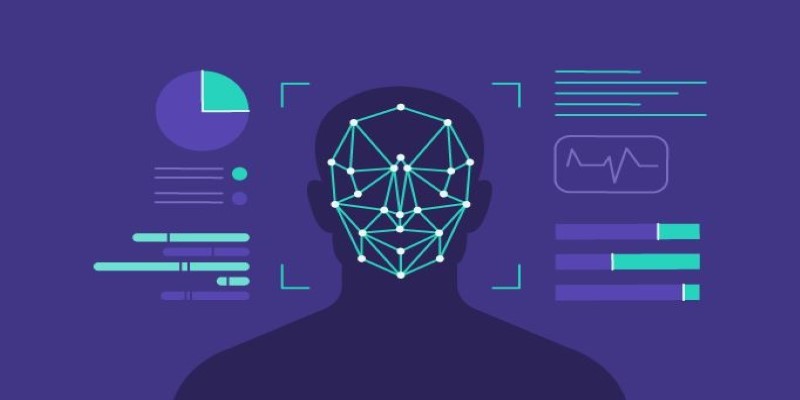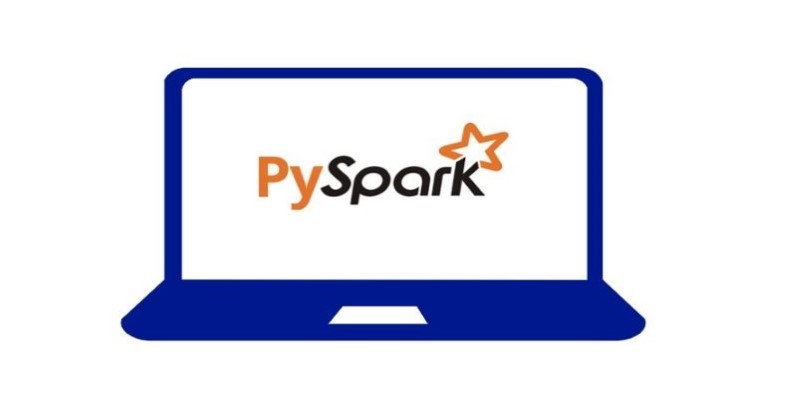Leveraging LLM-based data solutions, MetaGPT's Data Interpreter is a potent open-source tool. It enables consumers to automate chores, create insights, and examine data. Its sophisticated machine-learning features will help companies, academics, and developers. This instrument makes difficult data processing understandable for everyone and facilitates it. MetaGPT's Data Interpreter offers modern SOTA performance in data science, analytics, and automation.
For a simple data interface, it supports natural language processing (NLP). Users can pose inquiries and get correct, fact-based answers. The Data Interpreter of MetaGPT, its properties, and how it changes data processes are investigated in this article. We will go over its advantages, uses, and ways you may include it in your projects. This tool will improve your data analysis experience regardless of your level of knowledge.

What is MetaGPT’s Data Interpreter?
Advanced artificial intelligence-powered technology MetaGPT's Data Interpreter helps simplify data analysis. Without sophisticated programming, it handles organized and unstructured data effectively to offer correct insights. Using modern language models helps it grasp questions in straightforward English and produce pertinent answers. This tool may provide summaries and clean data, identify latent trends, and propose insightful analysis. Automating hand data processing saves time and effort. Companies and people can use its features to speed up wise selections.
MetaGPT's Data Interpreter replaces sophisticated coding knowledge requirements for technical and non-technical users. It turns unprocessed data into useful insights, enabling easier access to data-driven decision-making. It improves output and efficiency for research, corporate intelligence, or reporting. MetaGPT's Data Interpreter transforms data analysis with its simple and easy interface and strong artificial intelligence algorithms, providing experts in many sectors with a flawless and quick experience.

Key Features of MetaGPT’s Data Interpreter
The following are the salient characteristics of MetaGPT's Data Interpreter that make it a potent and quick tool for data analysis.
- Natural Language Processing (NLP): The program answers instantly and precisely when users ask queries in simple English. It easily pulls significant insights from raw data, handles big datasets, and understands difficult searches. It renders coding knowledge obsolete.
- Automated Data Cleaning: The instrument sorts complicated data, removes duplicates, fills in missing numbers, and finds mistakes. High-quality, organized data guarantees reports and analysis accuracy, lowering manual work greatly.
- Predictive Analytics: MetaGPT's Data Interpreter finds trends and latent patterns within large datasets. It supports data-driven real-time decision-making through powerful machine learning models that foresee possible results and offer actionable insights.
- Seamless Integration: The tool interfaces seamlessly with spreadsheets, databases, APIs, and business intelligence applications. Easy connection of current data sources by users allows analysis to be more flexible and effective on several platforms.
- Customizable Reports: It creates dynamic visual reports, charts, and thorough summaries for user searches. These qualities help one grasp difficult ideas, improve company plans, and make informed decisions.
How MetaGPT’s Data Interpreter Helps Businesses
MetaGPT's Data Interpreter enables companies to make faster, data-driven decisions. Real-time insights enable businesses to react quickly to consumer wants and market changes, freeing them from labor-intensive data processing hours. Automating data analysis allows teams to concentrate on strategic projects instead of wasting precious time on repeated operations, greatly increasing general efficiency. The instrument also improves accuracy by guaranteeing accurate calculations, lowering human mistakes, and removing the possibility of data misinterpretation.
More consistent corporate insights and well-informed decisions follow from this. Companies also gain from large cost reductions by lowering the demand for manual labor in the data processing. Automating difficult data processes helps businesses reduce reliance on costly software solutions and operating expenses by managing them. MetaGPT's Data Interpreter enables businesses to maximize their data methods and achieve long-term success in a competitive market by streamlining procedures, increasing productivity, and boosting accuracy.
Applications of MetaGPT’s Data Interpreter
Key areas where MetaGPT's Data Interpreter improves data analysis and decision-making across many sectors are listed below.
- Business Intelligence: Companies use this technology to monitor client patterns, evaluate important performance indicators, and examine financial data. Real-time data enables companies to maximize operations, stay competitive, and make wise strategic decisions.
- Research and Academia: Academics and researchers may examine enormous databases, spot trends, and automate report writing. Simplifying data interpretation improves research accuracy, accelerates analysis, and helps to organize difficult academic projects.
- Healthcare Data Analysis: Medical practitioners process patient records, identify illness trends, and project future health developments. Data-driven insights help with early diagnosis, tailored therapies, and general healthcare improvements using which it supports.
- Financial Analysis: This instrument is vital in investment analysis, fraud detection, and risk assessment. Analyzing financial patterns and transactions guarantees correct forecasting, wise financial planning, and improved decision-making.
- Marketing and Sales: Companies use it to track sales trends, evaluate campaign success, and examine consumer behavior. Data-driven insights let businesses better target marketing plans, increase consumer involvement, and raise sales performance.
How to Use MetaGPT’s Data Interpreter
MetaGPT's Data Interpreter is quick and easy to use. First, upload your data using spreadsheets, databases, or raw data files connected. The instrument guarantees flawless data processing by elegantly interacting with several data sources. Once uploaded, users without technical knowledge may probe and examine the data by posing natural language questions. The instrument produces significant insights and rapidly answers questions. Multiple formats, text, graphs, and visual reports, among others, show results that make data interpretation simple and natural.
Users can also automate data cleaning, report generation, and predictive analysis to reduce time and simplify processes. It raises efficiency by doing away with the requirement for hand data handling. Lastly, insights may be exported in several forms so that users can easily distribute reports to stakeholders. MetaGPT's Data Interpreter speeds up and makes data-driven decision-making more easily available, whether for corporate intelligence, research, or financial analysis, by simplifying complicated data procedures.
Conclusion:
MetaGPT's Data Interpreter represents a paradigm change in LLM-based data analysis by simplifying processes, increasing productivity, and boosting decision-making. It offers a potent mix for companies and researchers, including predictive analytics, automated data cleansing, and NLP-based querying. Whether your profession is business owner, researcher, or developer, this tool makes data science available to everyone. Its flawless interaction with APIs, spreadsheets, and databases guarantees seamless data processing; configurable reports provide unambiguous insights. Automating difficult jobs guarantees the accuracy, increases production, and lowers hand labor.
